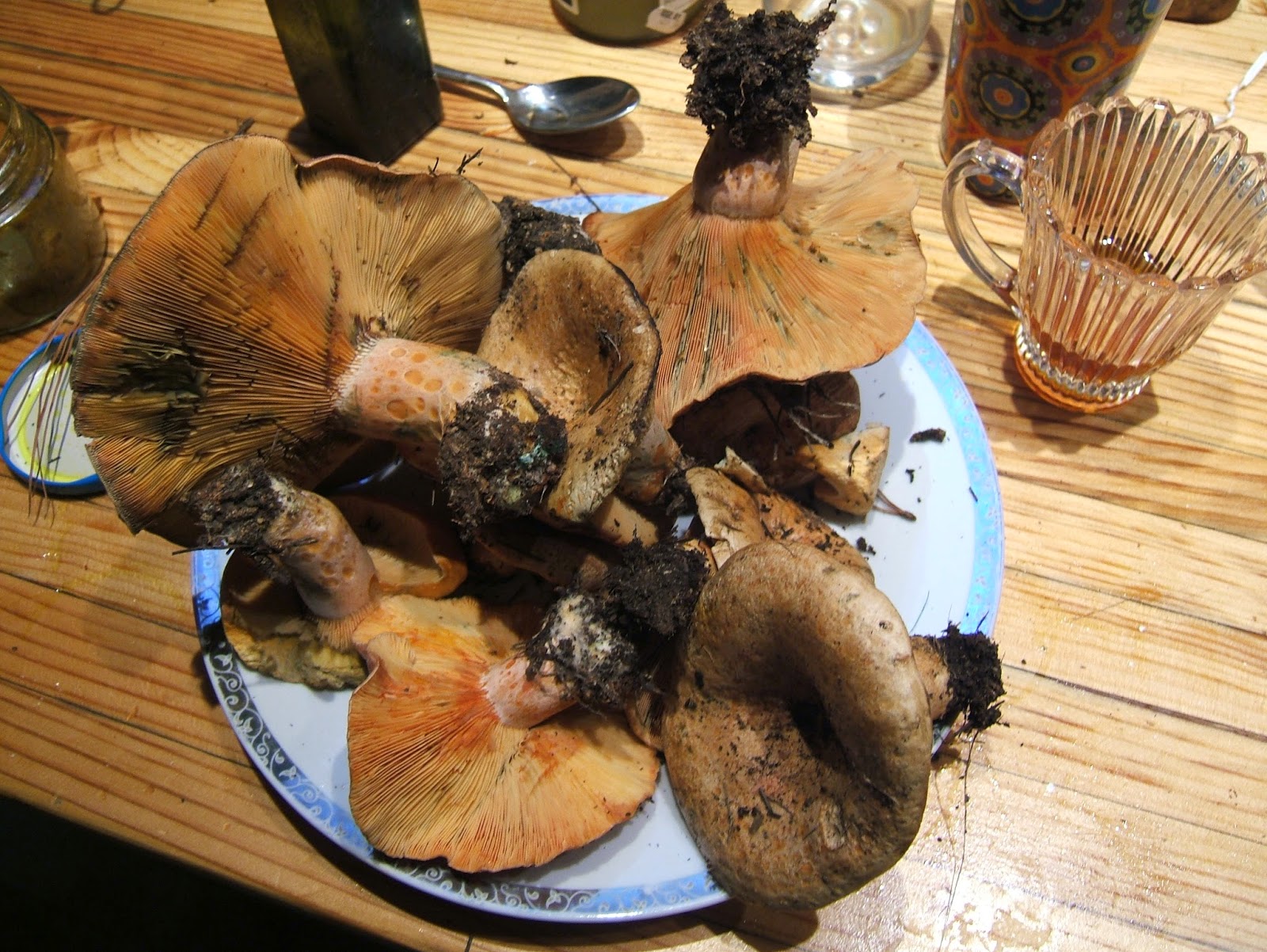Bunya Pine (Araucaria bidwilli)
There is one kind of tree that could feed a tribe, or a gathering of 58 people (refers to previous post The Balance of Trees and People). Whilst I do not have one of these in my backyard, there is one near enough to forage from. We don't need an agricultural research station to tell us their benefit -- it is traditional knowledge! (Article on bunya pines)
With all the talk in Russia about the benefit of consuming pine nuts (and their products) from the Siberian pine tree (Pinus sibirica), I am glad that there is a readily available indigenous pine nut.
This has been a good year for bunyas.
Cones can reach a maximum size of 4 kg (10 lbs). These were half that size (2 kg) and produced 1 kg of nuts in shells (say 600 g of usable food material). The tree shown above has not reached its full size and presumably will become more productive with advancing years..
The tree can be germinated in pots (although the article above recommends direct sowing) by placing the seed horizontally on top of potting compost. In a few seasons (after keeping soil moist) you will note germination has occurred as a tough shoot emerges from the seed and turns downward into the soil. When it re-emerges, the vertical sprout bears the first leaves (or needles) of the baby bunya pine tree.
The ones in this picture were fertilised with tea leaves that seem to enhance growth. (A similar effect was noted with a potted Wollemi pine specimen, which is why I thought to give the bunya trees the same treatment.)
Also -- camellias grow nicely under pine trees. So it is likely that tea plants (Camellia sinensis) can be grown alongside pines.. (The one shown is Camellia japonica.)
It may take up to 20 years for a bunya to start producing pine nuts. And the cones (with nuts) are only produced every couple years. This is why it helps to have your own land, so you can plant a sustainable food source (protein, fat and carbohydrates) that becomes available in autumn, just as the body needs to strengthen and prepare itself for winter.
You will enjoy it when you are older -- and of course the next generations of you (children, grand-children) will reap the maximum benefit. The trees are so prolific that they just seem designed to encourage sharing and large assemblies of people just to take advantage of their tremendous bounty.
By the way, the cones are not hard to disassemble (cockatoos can do it, but you don't even need a strong beak..). And the taste is not so strong as commercially available pine nuts (some examples), it is more chestnutty or even potato-y. For cooking, just boil the the pine nuts (in their shells) for 30 min, then crack with a mortar and pestle, and slice in half along the fracture. Often used for making pesto.. (Toasted slightly after boiling.)
They will store well in fridge (or traditionally buried in mud) and apparently become sweeter following this treatment..
I hope this has inspired you and shows the value of having access to a given patch of land for an extended period of time -- multi-generational amounts of time, for example.
Here are some other things that land is capable of -- when ecology is left to its own devices.
Back to pine trees. The roots of many (if not all) pine species have mycorrhizal associations meaning that mushrooms grow with them. (The fungi break down soil nutrients the roots cannot, then the fungi get other things from the roots that are produced by the tree -- starches and sugar for example.)
Underneath pine trees, berries also thrive.
This one is a child's play area, and the berries taste fantastic.
Some mushroom species are quite good for eating, such as these "saffron milkcaps" (Lactarius deliciosus). "Slippery jacks" (Suillus luteus, not shown) are another. The information about which ones you can eat can be passed on from one (living!) mushroom collector to another..
Also, bear in mind that pine trees imported from other parts of the world (Europe, for example) will have mushroom varieties associated with them that have long been prized by European cooks. Let us treasure what has been brought here, where treasuring (and credit) is due.
And of course celebrate the indigenous -- bunya pine -- perhaps even in the same meal!







No comments:
Post a Comment